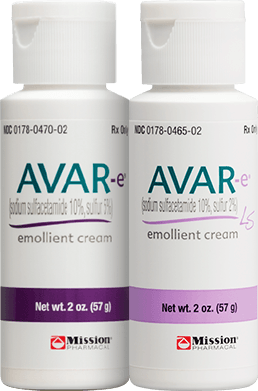
Related products
Avar is a gel used to relieve the pain and swelling associated with ailments like arthritis. Up to four times per day, it can be applied directly to the affected area. Usually, tubes of 30 grams of gel containing avar are sold.
Avar might be a good choice for you if you're looking for relief from arthritis pain. Direct application of this gel will deliver relief to the affected area. Additionally, it is simple to use and generally well-tolerated. Ask your doctor if Avar is a good choice for you.
Pharmacokinetics
Following topical application, the pharmacokinetics of diclofenac have not been established. Diclofenac's plasma half-life after intramuscular administration is about two hours.
Nonclinical Toxicology
Cancer development, mutagenesis, and diminished fertility
No evidence of carcinogenic effects were seen in rats given oral doses of diclofenac up to 150 mg/kg/day (roughly 0.6 times the maximum dose for humans of 100 grams based on body surface area). No evidence of carcinogenic effects were seen in mice given subcutaneous doses of diclofenac up to 10 mg/kg/day (roughly 0.04 times the highest dose advised for humans).
Diclofenac did not cause chromosomal aberrations to increase in Chinese hamster ovary cells, human lymphocytes, or mouse lymphoma assays, the Ames test, or mouse lymphoma assay. Rats receiving subcutaneous doses of up to 10 mg/kg/day (or about 0.04 times the maximum dose advised for humans) showed no signs of impaired fertility.
Clinical Studies
In 5 randomized, multicenter, controlled clinical trials, 1104 patients with osteoarthritis of the knee who applied Voltaren® Gel 4 g over a treatment period of up to 4 weeks were involved. The safety and effectiveness of the gel were assessed. The Western Ontario and McMaster Universities Arthritis Index (WOMAC) pain subscale was used to assess the patients' level of pain relief. WOMAC's pain subscale's mean change from baseline at Week 4 was used to gauge effectiveness.
Up to 17.5% of Voltaren® Gel-treated patients compared to 10% of placebo-treated patients reported clinically significant pain reductions as early as Week 1 that persisted for the entire 4-week treatment period. The WOMAC pain subscale score change from baseline was used to define clinical meaningfulness.
On the WOMAC pain subscale, more Voltaren® Gel patients than placebo patients reported improvements in pain at Week 4 in all 5 clinical studies. The conclusions from the various studies are summed up as follows:
p-values from a logistic regression model that controlled for the treatment facility and the initial pain score were multiplied by Holm's method.
With at least one patient in each group reporting a clinical improvement in pain, the relative risk of Voltaren® Gel/placebo-treated patients is calculated relative to those without a clinical improvement in pain (95% confidence interval); odds ratio = 1.7 (1.2, 2.4) across all 5 studies.
Side Effects
In Voltaren® Gel clinical trials, skin rash, application site pain, and application site pruritus were the most frequently reported adverse reactions ( 1%). The frequency of these side effects was on par with or less frequent than that of the placebo. Upper respiratory tract infection and nasopharyngitis were two other less frequent adverse events that happened more frequently in Voltaren® Gel-treated patients than in placebo-treated patients.
Negative Reactions 1% of Voltaren ® Gel-Treated Patients in Controlled Clinical Trials Reported It (%) 1
Trial Population2 for Adverse Reactions across All Trials: 1104 N=846 for Voltaren ® Gel Contrast N=258 Nasopharyngitis 3 4.0 5 2.7 Application Site Pain 3 4.5 3 1.2 Application Site Pruritus 3 2.6 1 0.4Skin Rash 3 1.5 1 0.4
Dosage and Administration
Voltaren® Gel (2 g or 4 g) should be applied sparingly to the affected joint four times per day. Aim to avoid applying the gel to open wounds or broken skin by gently massaging it into completely dry skin until it is absorbed. Wait at least one hour before applying a dressing if Voltaren® Gel has already been applied. Voltaren® Gel should be applied at least 30 minutes before bathing, taking a shower, or swimming.
Diclofenac and its metabolites are mainly excreted through the liver, so patients with liver disease should use Voltaren® Gel with caution.
When using Voltaren® Gel, there is no need for a start-up titration. Escalating the dose is unnecessary and not advised.
The full list of ingredients is provided in the instruction leaflet that is included with the product for patients using Voltaren® Gel for the first time.
Only external use of Voltaren® Gel is permitted. Avoid coming into contact with your eyes or mucous membranes; if you do, wash the area thoroughly with water and consult a doctor if the irritation doesn't go away. Do not wrap or bandage, and avoid applying to large surface areas, open wounds, or irritated skin. Discontinue use and start the proper treatment if severe skin reactions (like burns) happen frequently. Apply with caution to skin that has recently received topical medication, been treated with harsh soaps or cleansers, or has been exposed to products that have strong drying properties. Use just the necessary amount of Voltaren® Gel.
Use with caution in patients who have a history of diclofenac or any other Voltaren® Gel ingredient hypersensitivity.
Storage
Store between 68°F and 77°F (20°C to 25°C); excursions are allowed between 59°F and 86°F (15°C to 30°C). Keep the product in the original carton until use to shield it from light.



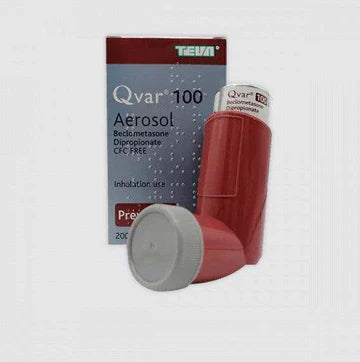
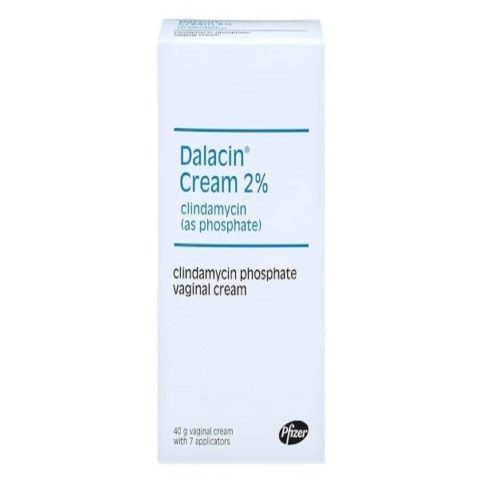
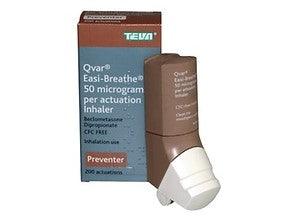
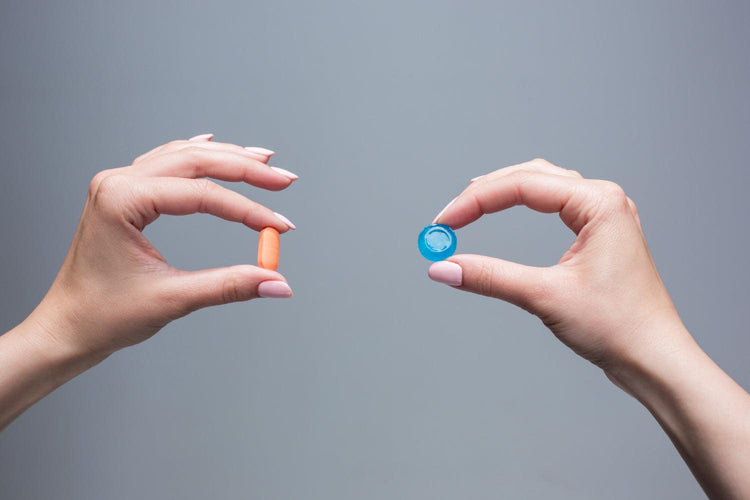
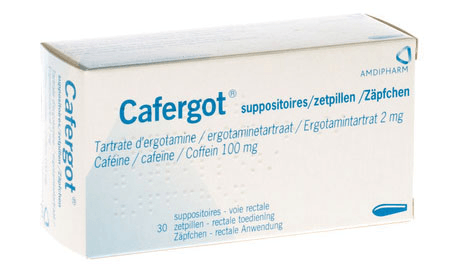

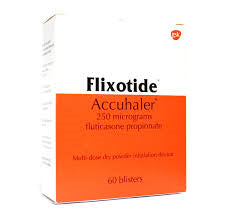
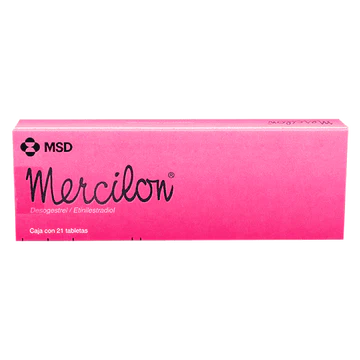
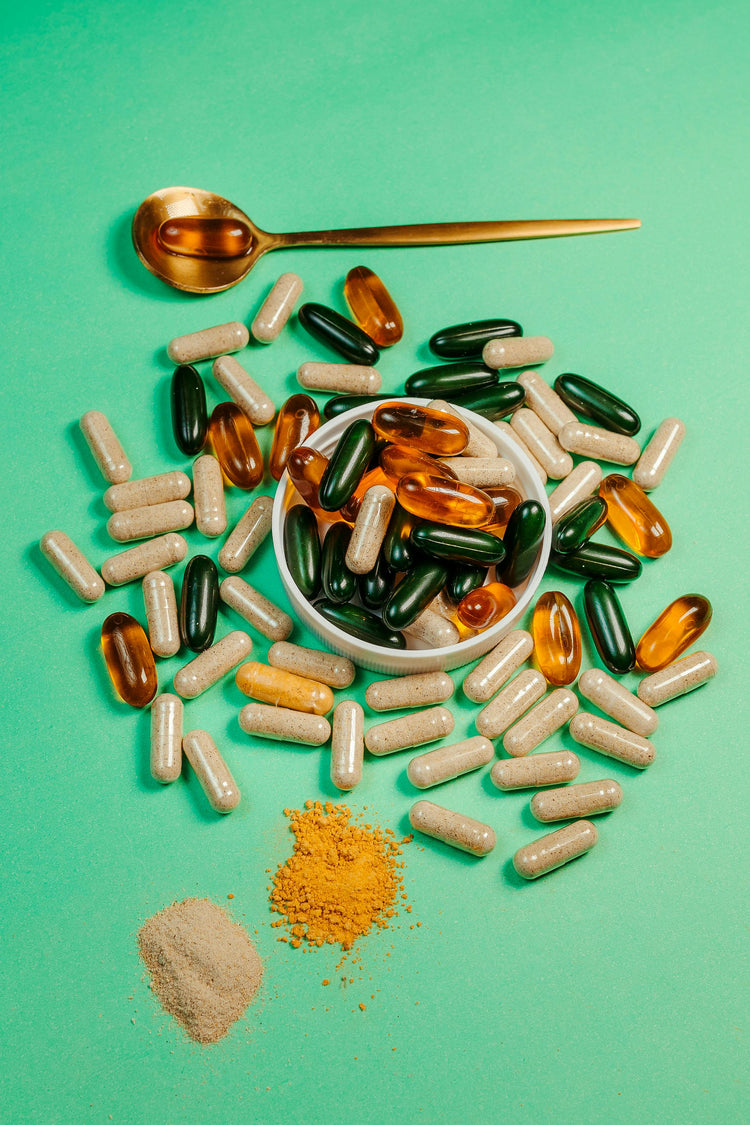
 Rated Excellent by 26,523+ Reviews
Rated Excellent by 26,523+ Reviews